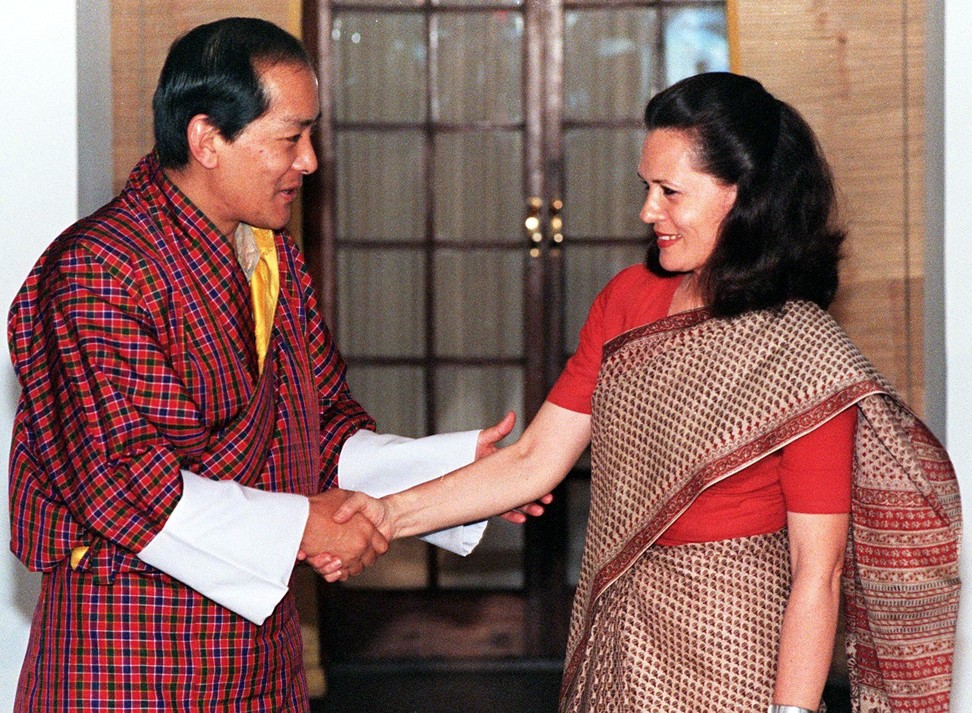
India is running out of time in Doklam dispute with China
Zhou Bo says the stakes are high for both India and China, but New Delhi’s moral disadvantages in the issue, including its stance towards Bhutan, a sovereign state, weaken its position
Bhutan can sort out its border with China – if India lets it
India is at a moral disadvantage for two reasons: first, New Delhi admits that this is not a territorial dispute between India and China. Indian army chief General Bipin Rawat told the Hindustan Times on June 27 that there was no incursion into India.
Secondly, even if India believes Doklam belongs to Bhutan, which China disagrees with, it sent in troops without notifying Bhutan – a sovereign state.
Watch: China’s foreign ministry reports serious incursion
The question is how would Bhutan look like a sovereign state to India? It is no secret that India can hardly live in amity with most of its neighbours. Bhutan appears to be the only exception, but the rapprochement was, in part, driven by fear and maintained at the cost of Bhutan’s sovereignty – if not dignity. According to the 1949 Treaty of Friendship between India and Bhutan, renegotiated in 2007, Bhutan agreed to be “guided” by India in its external relations, an unusual move for any sovereign state.
To some extent, India has succeeded in making use of the stand-off to stall China-Bhutan relations, which had been steadily progressing. China and Bhutan have held 24 rounds of boundary negotiations since the 1980s. Now the two sides have basic consensus on the situation in the border areas, including the boundary alignment. But Bhutan’s statement on June 29 that China has changed the status quo will only make negotiations in the future more complicated.
How a road on China and India’s border led to the two powers’ worst stand-off in decades
Bhutan chooses to solve the border dispute before establishing diplomatic ties with China. Such an approach can only look strange, given that most neighbouring countries with territorial disputes have diplomatic relations anyway. It is hard to believe that Bhutan does not want to establish normal relations with its immediate northern neighbour, which is also its largest trading partner and the source of over 80 per cent of its tourists. When Indian President Pranab Mukherjee visited Bhutan in 2014, a front-page article in The Telegraph of Calcutta said the state visit was about India’s anxiety over China-Bhutan border talks. It recalled that India withdrew subsidies in 2013 to warn Bhutan against normalising relation with China.

The stakes in the Doklam area are high for both China and India. India sees Chinese road construction in Doklam as a change of the status quo, with serious security implications. The worry is that if China controls the narrow Siliguri Corridor – or “chicken’s neck” – it will cut India off from its northeastern states, including Arunachal Pradesh, over which China claims sovereignty. China believes that if India’s trespassing into the undisputed Sikkim section is not checked, a creepingly assertive India will only create more friction with China in the whole border area.
This standoff is China telling India to accept changing realities
Currently, India is struggling not to be the first to blink, but how long can it hold its gaze?
Zhou Bo is an honorary fellow with Centre of China-American Defence Relations, Academy of Military Science of the Chinese People’s Liberation Army

